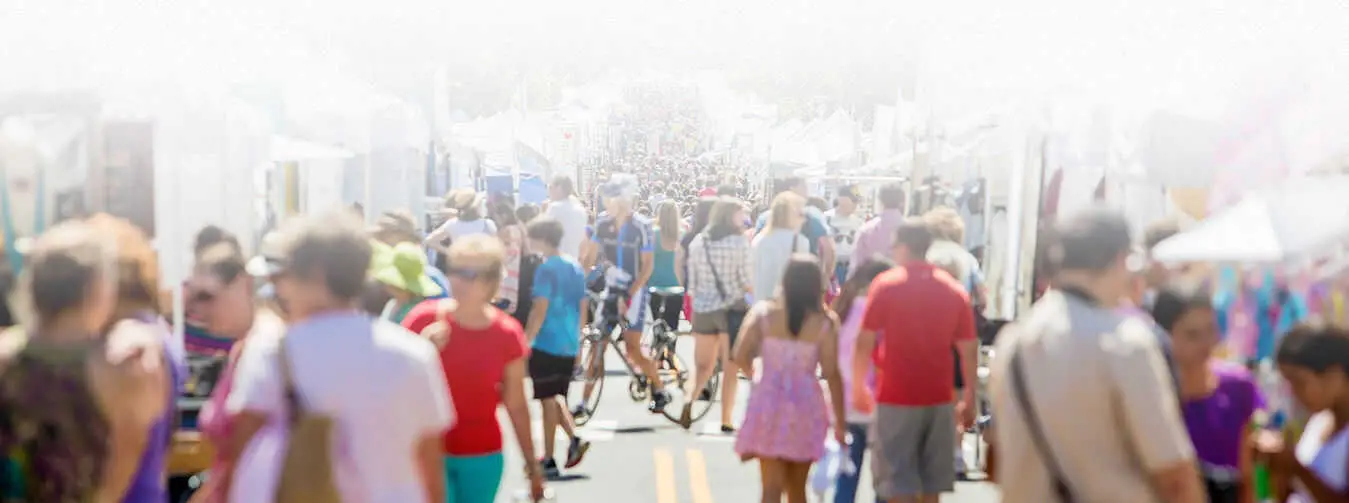Festivals are a revered meeting place for people with a passion for music and the great outdoors, yet sadly, many leave a big carbon footprint behind. It is estimated, for instance, that each person in a typical festival can generate a footprint of 25kg of CO2. Around 80 percent of this footprint is caused by attendee travel, 13 percent by energy, and 7 percent by waste. However, these figures fail to take into account the cost of building structures and transporting materials for infrastructure. How can organizers design and build safe, sustainable sites that protect the planet as much as they entertain those with a penchant for live music?
Choosing Renewable Energy Sources
At the design stage, festival organizers should consider how the structures they set up can incorporate renewable energy features such as solar panels and biofuel generators. The latter are not as alternative as they may seem. According to non-profit climate group, Julie's Bicycle, waste vegetable oil is currently meeting 5% of the festival power demand and this percentage could increase if the proper infrastructure is set up.
Installing Energy-Efficient Lighting
Most festivals with a sustainable heart are now using LED technology, which makes sense considering the energy efficiency and much lower power consumption of this type of lighting. On the whole, LED lighting has an 80% smaller carbon footprint than traditional lighting. LED lights additionally emit less heat, which is ideal, bearing in mind that the vast majority of big outdoor festivals take place in the spring and summer. LEDs also open up the possibility of lighting up festivals with many more colors, which can add to the festival ambience.
Selecting Sustainable Construction Materials
Festivals have a host of structures whose eco friendliness should be prioritized. Stages, stands, and relaxation areas can all be given an eco friendly boost through sustainable materials running from straw to reusable mud bricks, bamboo, recycled metal, and recyclable plastic composite materials. Soft, temporary settings such as tents and canopies, meanwhile, can be made from recycled fabrics or organic materials such as recycled polyester, hemp, and cotton.
Water Efficiency
If festival sites include grass and green spaces, then efficient irrigation systems such as drip irrigation and sprinkles with moisture sensors can help provide water directly to the roots, minimizing wastage through runoff and evaporation. Smart systems can also be installed to detect any possible leakage quickly, so that it can be addressed quickly. For non-potable uses, recycled or reclaimed water should be used. Festival organizer scan also establish partnerships with local water treatment facilities or find ways to harvest and use rainwater. Finally, washrooms can be fitted with water-efficient features, including low-flow faucets, aerators, and dual-flush toilets.
Building an eco-friendly website begins with reducing energy usage. Solar and biofuel systems can be set up to provide an event's total power needs. Energy-efficient lighting can also reduce carbon footprints significantly, as can the use of sustainable materials. Finally, water wastage can be avoided through water saving initiatives and the building of greater awareness among festival goers.



